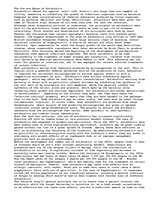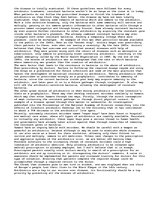-
The Use and Abuse of Antibiotics
Antibiotics (Greek for against (anti) life (biotic)) are drugs that are capable of killing, weakening or inhibiting the growth of infectious organisms such as bacteria. Composed by weak concentrations of chemical substances produced by living organisms such as bacteria (Bacillus) and fungi (Penicillium), antibiotics have been given the name of "miracle drug" because of its wide uses over the last two centuries.
Although never frequently utilized or understood, the principles of antibiotics date back to the pre-historic times when plants would be used to get rid of diseases selectively. First studies and observations of its principles were done by Louis Pasteur who discovered that certain saprophytic bacteria could kill anthrax germs. However, the biggest breakthrough in the area of antibiotics only arrived in 1928 when British biochemist Alexander Fleming found large sections clean of bacteria, within bacterial colonies of staphylococci, a source of serious and often fatal human infection. Upon examination he noted the fungus growth of the mould name Penicillium notatum, whose responsible ingredients were later extracted by Ernst Chain to produce Penicillin. This discovery marked the beginning of the development of antibacterial substances used against infectious organisms. The first antibiotic to be used successfully in the treatment of human disease was tyrothricin, isolated from certain soil bacteria by American bacteriologist Rene Dubois in 1939.…


